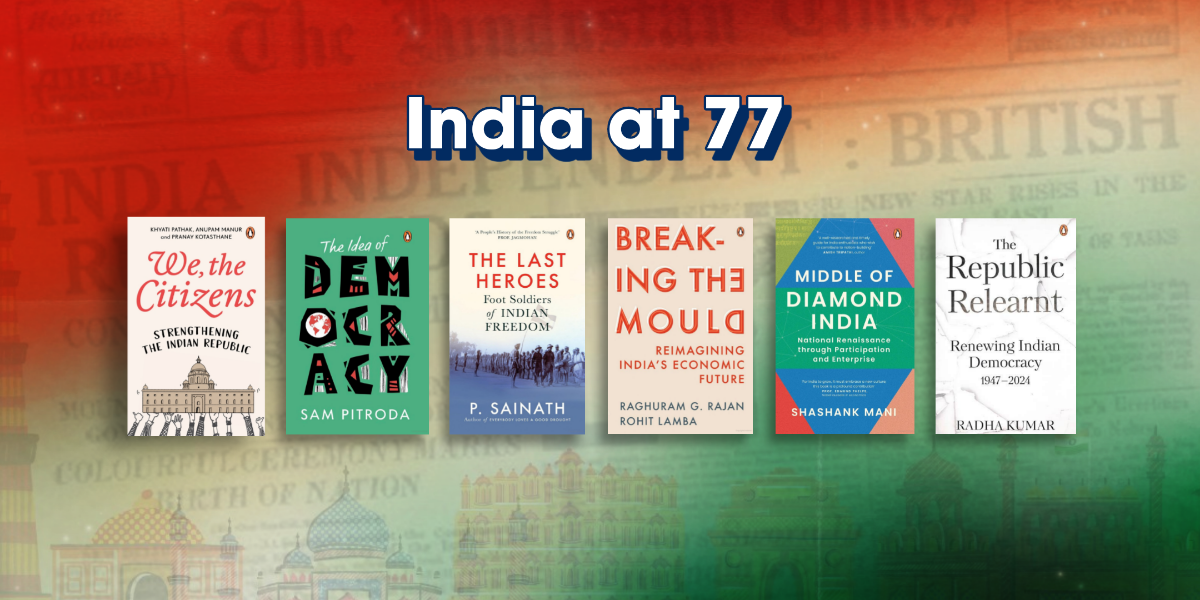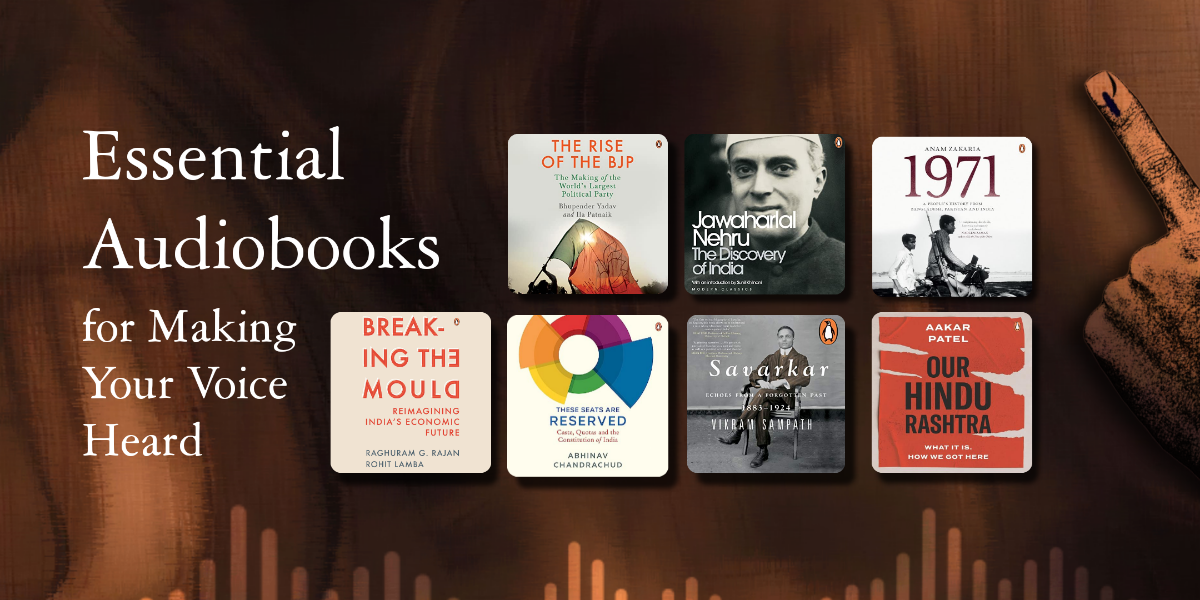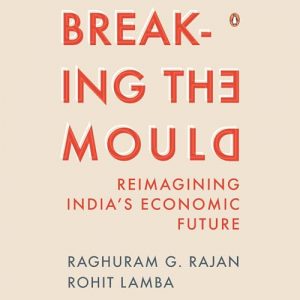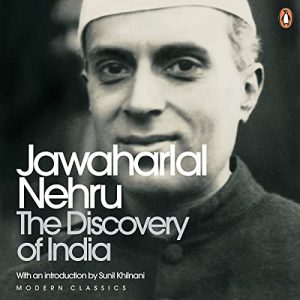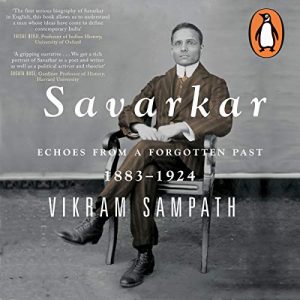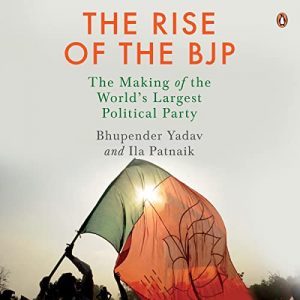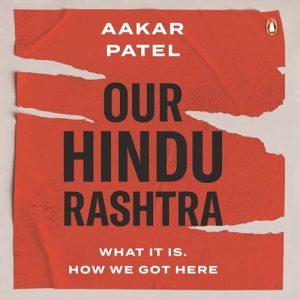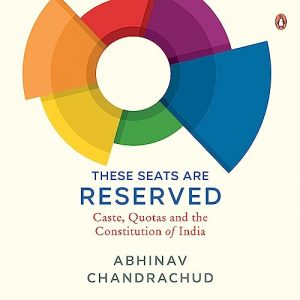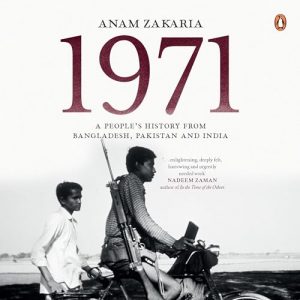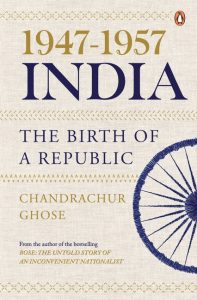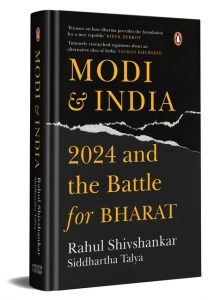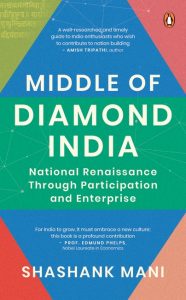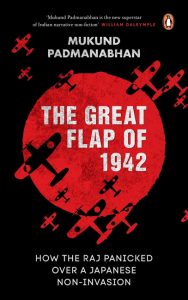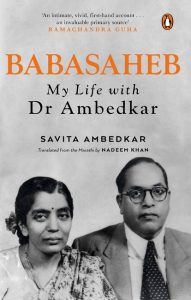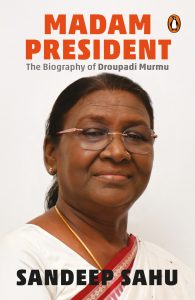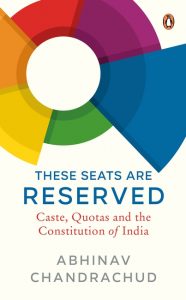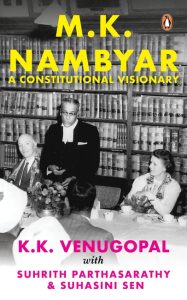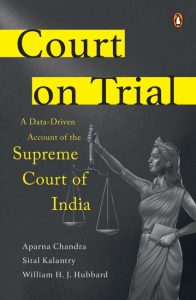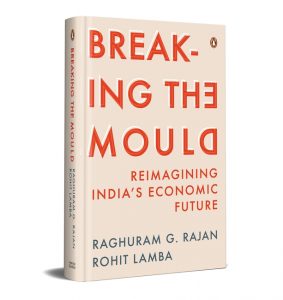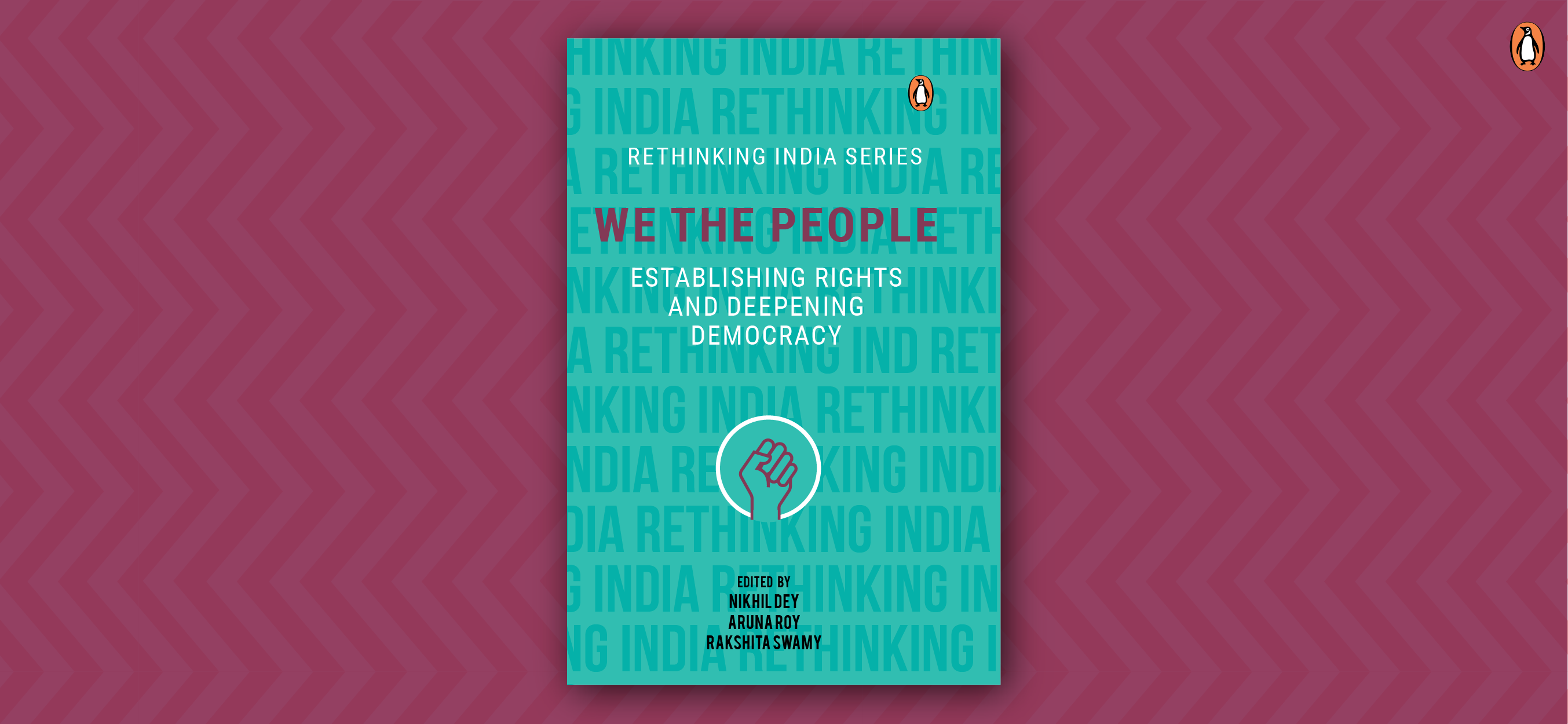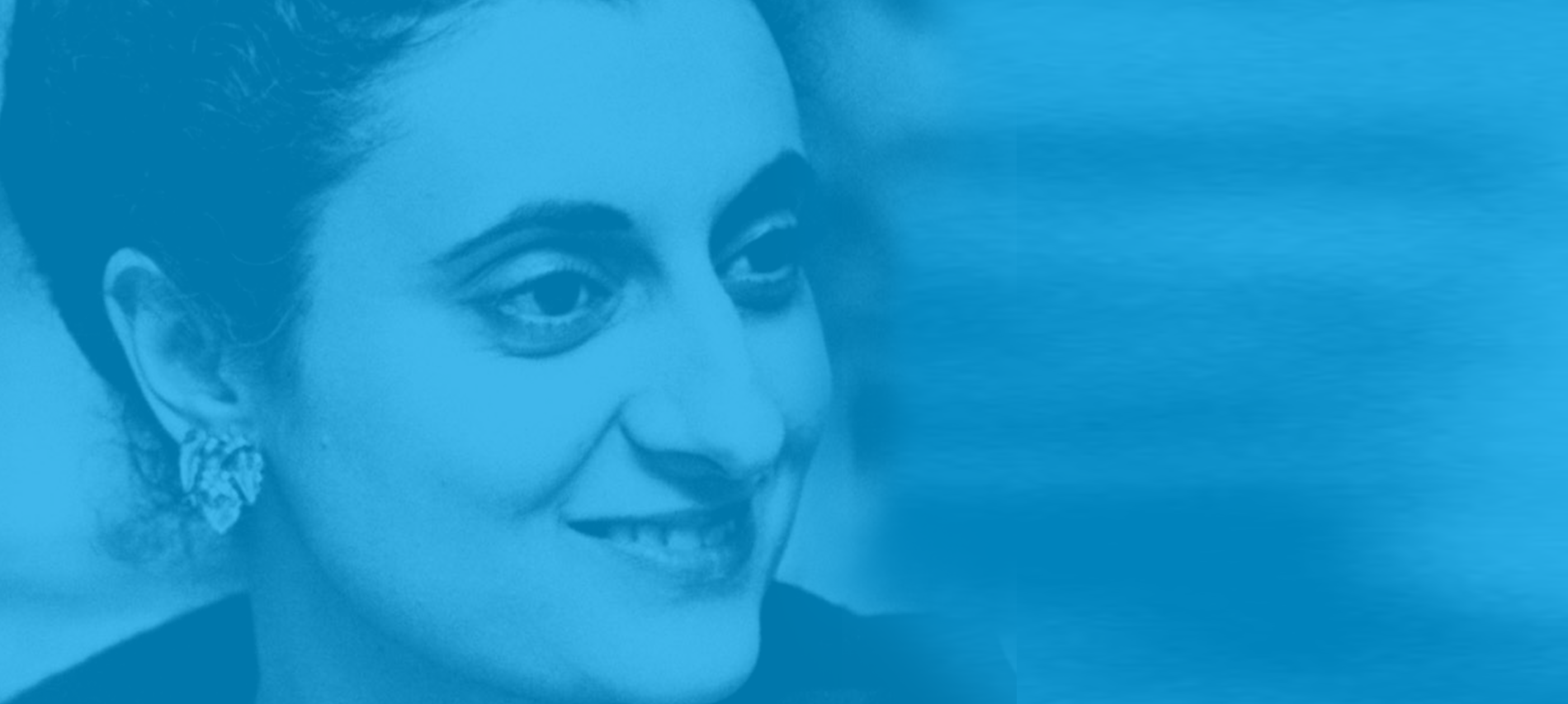This Independence Day, let’s celebrate the India of today—a land shaped by its people, ideas, and dreams. From exploring the pillars of our democracy to discovering the hidden stories of our nation, these books invite you to take pride in being Indian and to understand the forces shaping our modern identity.
Whether you want to be inspired, informed, or simply proud, these reads are your perfect companions.
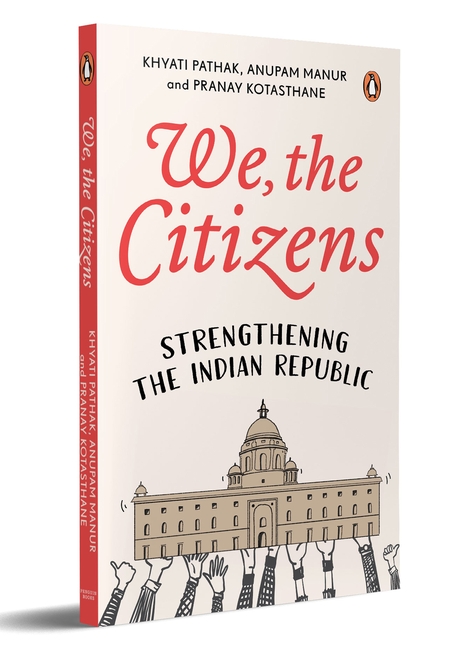
We, The Citizens, by Khyati Pathak, Anupam Manur and Pranay Kotasthane, decodes public policy in the Indian context in a graphical narrative format relatable to readers of all ages. If you want to be an engaged citizen, aspire to be a positive change-maker, or wish to understand our sociopolitical environment, this book is for you.
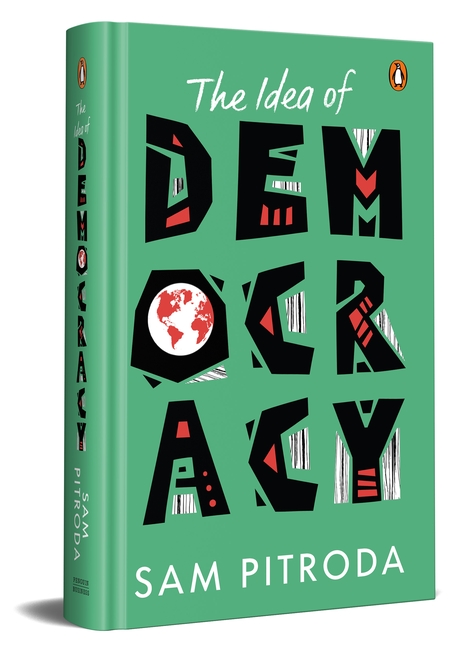
Today global democracy is at a crossroads because of the rise in polarized politics, authoritarian regimes and the use of social media to manipulate and amplify lies, hate and misinformation.
While electoral democracy continues to be the most prevalent form of government, a series of indicators measuring political and civic freedom reveal that the institution of democracy is in deep distress. With the liberal foundations of democracy shakier than ever before, confidence in institutions has plummeted. This book looks at this paradox of so-called democratic success coupled with its liberal decline. It provides a detailed analysis of the essence of democracy, its workings, the kind of values it needs to encapsulate, forces and safeguards which work in liberal democracy’s favour and how they can be preserved.
The Idea of Democracy is meant to stimulate conversation, particularly among the youth on what the idea of democracy means to them and the role that they can play in helping democracy survive—and thrive—in the coming era.
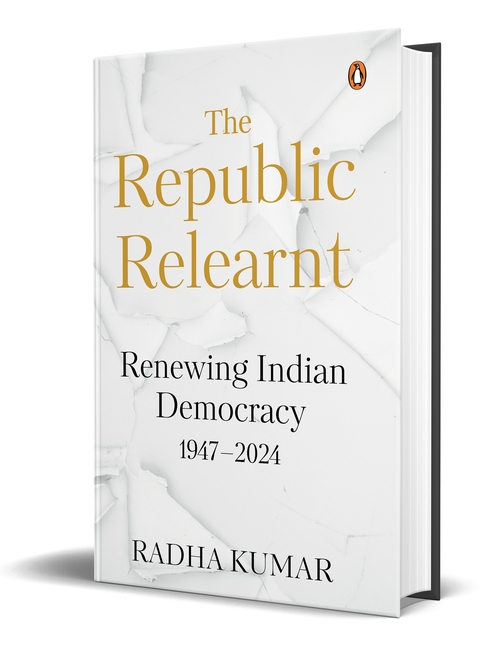
Despite the clear danger of the rise of totalitarianism in India today, The Republic Relearnt aim is to look forward to the moment when democracy will be renewed in the country and ask what lessons can be learnt from past experience to anchor it more firmly when the opportunity arises. It is generally assumed that Indian democracy has had an unbroken run since Independence, with the brief disruption of the 1975–77 Emergency. While those two years saw a stark assault on democratic institutions, Indian democracy had been repeatedly punctured prior to the Emergency, and it has been threatened many times since. The country underwent almost four decades of democracy decay after the founding years of the republic, as compared to the three relatively short-lived waves of democracy renewal. That fact makes an examination of these three waves rather significant.
India’s Forgotten Country captures Bela’s early years as an activist in rural Gujarat, her research on the Naxalite movement, her investigations of violations of democratic rights in different regions, and her recent years dealing with the ongoing conflict between the state and Maoists in Bastar. The essays build on first-hand investigations conducted in states ranging from Bihar and Telangana to Rajasthan and Nagaland, besides Kashmir. People such as Deepa Musahar, Kaliben, Muchaki Sukadi, Zarifa Begum, Tareptsuba and others have ample space in this book to speak for themselves.

In The Last Heroes, these footsoldiers of Indian freedom tell us their stories. The men, women and children featured in this book are Adivasis, Dalits, OBCs, Brahmins, Muslims, Sikhs and Hindus. They hail from different regions, speak different languages and include atheists and believers, Leftists, Gandhians and Ambedkarites.
The people featured pose the intriguing question: What is freedom? They saw that as going beyond Independence. And almost all of them continued their fight for freedoms long after 1947.
The post-1947 generations need their stories.
To learn what they understood. That freedom and independence are not the same thing. And to learn to make those come together.
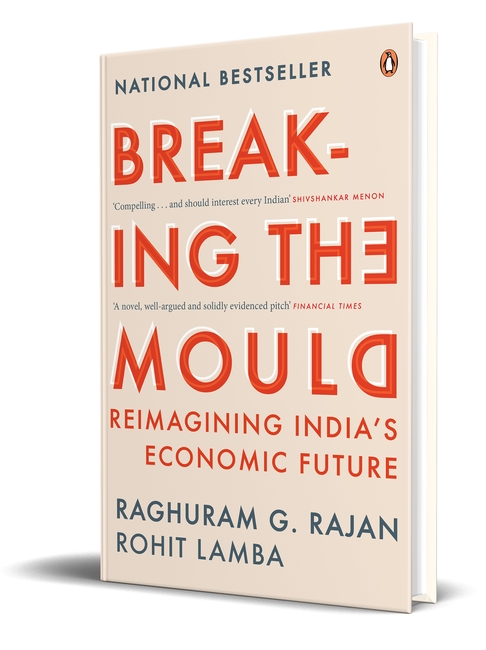
India is at a crossroads today. Its growth rate, while respectable relative to other large countries, is too low for the jobs our youth need. Intense competition in low-skilled manufacturing, increasing protectionism globally and growing automation make the situation still more difficult. Divisive majoritarianism does not help. India broke away from the standard development path—from agriculture to low-skilled manufacturing, then high-skilled manufacturing and, finally, services—a long time back by leapfrogging the intermediate steps. Rather than attempting to revert to development paths that may not be feasible any more, we must embark on a truly Indian path.
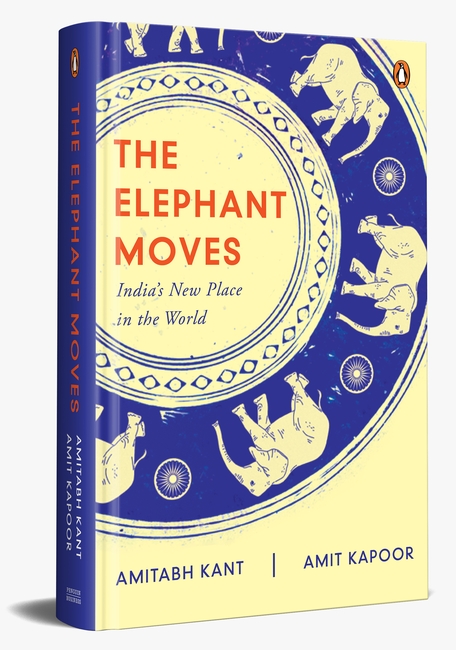
Charting out a roadmap for India depends on a sound understanding of how India is unique and why it is shaped the way it is.
The Elephant Moves unfolds a captivating saga, tracing India’s economic journey through the lens of competitiveness. From unraveling economic history (‘origins unveiled”) to navigating global dynamics (“sailing the tides”), the book explores the forces shaping nations. It delves into the facets of many Indias, unveiling opportunities in heterogeneity.
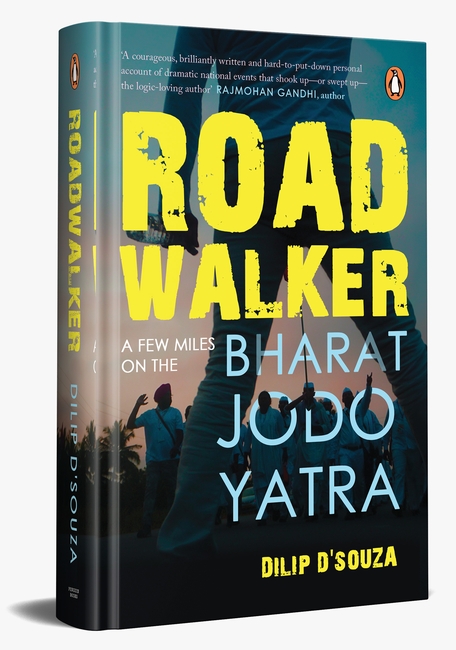
The length of India, though. Think of that. The magnitude of it takes my breath away, even months later. When next will I get such an opportunity? As the Yatra got going, through its early days in Tamil Nadu and Kerala, that question began to haunt me. Through those early days, the challenge of finding an answer came to mean something to me. Something deep, profound, elemental. The challenge of the walk, yes. But what it helped me articulate for myself, too. The way it dredged up long-ago experiences, reminded me of what they had meant, wrung new meaning from them now, said things about my country, my family, myself. All in all, it helped me decide — if I wasn’t doing the whole trip, there was a next best thing I could do.’
Dilip D’Souza joined the Bharat Jodo Yatra four times. This is the story of that experience. But even more, this is the story of how he found energy, empathy and enthusiasm in the Yatra. How it spoke to him of renewal. How it filled him, and many others, with hope. ‘This was my chance to make my own slice of personal history,’ he writes. ‘That was enough for me.’
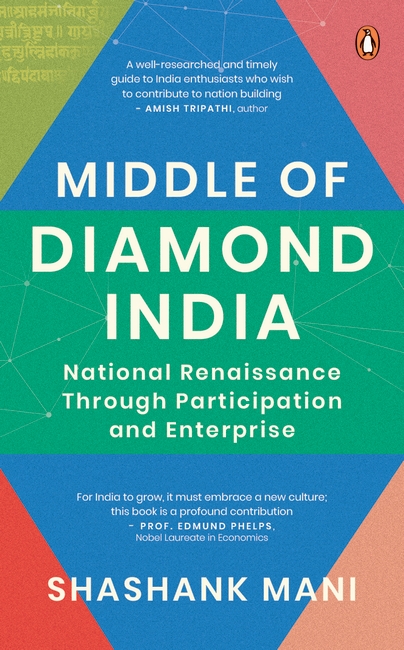
Middle of Diamond India proposes a revolutionary idea – that India has long ignored its largest and most talented segment, citizens in the Tier 2 and Tier 3 districts, its Middle. Replete with characters, anecdotes, insights, research and accounts of an annual pilgrimage on a special train-Jagriti Yatra, and an enterprise ecosystem established in Deoria district, the book outlines a new vision of India focussed on its rising Middle. It proposes a Banyan Revolution over the coming twenty-five years of Amrit Kaal, using the tool of enterprise or Udyamita that can ignite a national renaissance.
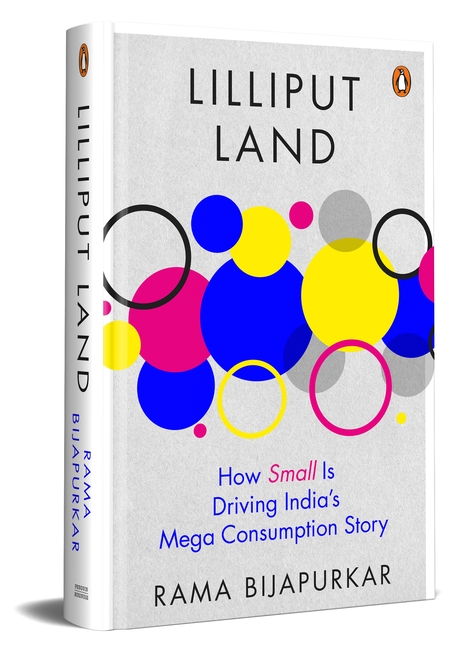
India is already the world’s fifth-largest economy. Unlike most markets of its size, India is, and for a long time will be, driven by lots and lots of small consumers earning and spending just a little bit each, which adds up to an enormous amount. On the supply side, these consumers are served by numerous small, agile suppliers who challenge large companies by innovating to satisfy their price-performance demands. India’s vibrant digital revolution now offers the keys to cracking open this infamously tricky market. Digital business models will be the future of competition as they harness the power of the small and create large-scale businesses in the years to come. Lilliput Land provides a ‘people lens’ to understand the paradoxes and challenges that dot India’s market opportunity, and discusses the drivers and shapers of its future. A comprehensive three-part framework of structure-behaviour-supply discusses the present and future of India’s mega consumption story, the most exciting in the world, with over half of its GDP accounted for by domestic consumption.
Consumer India is ripe and waiting.







